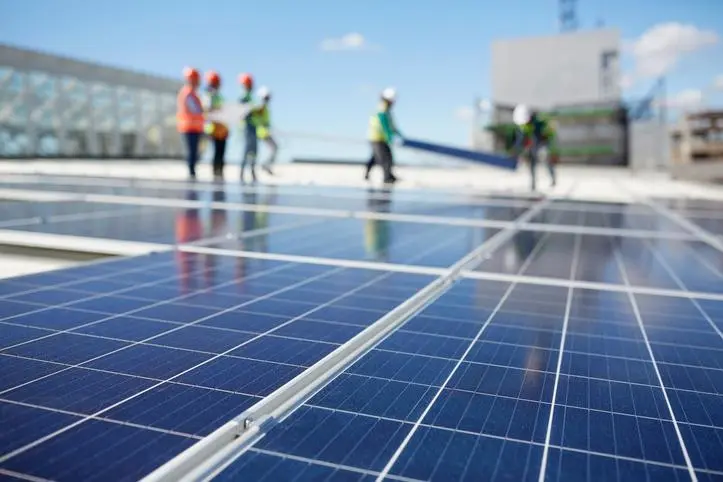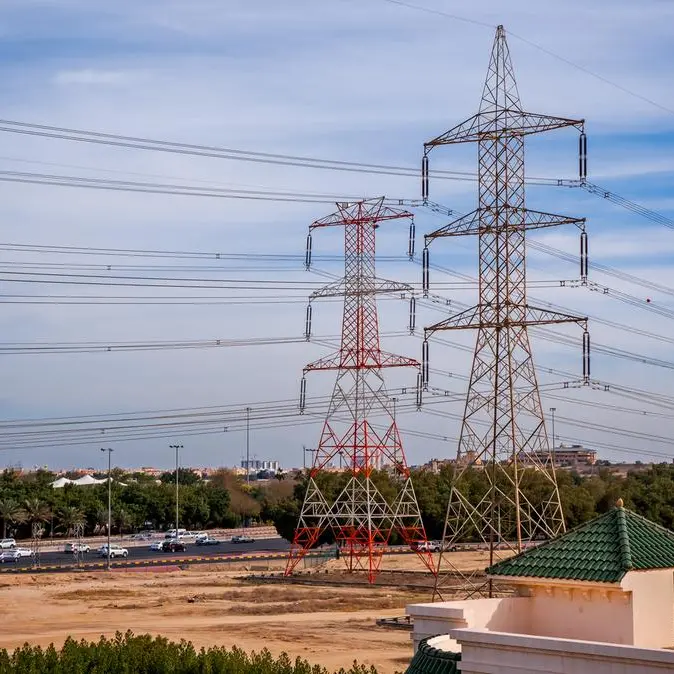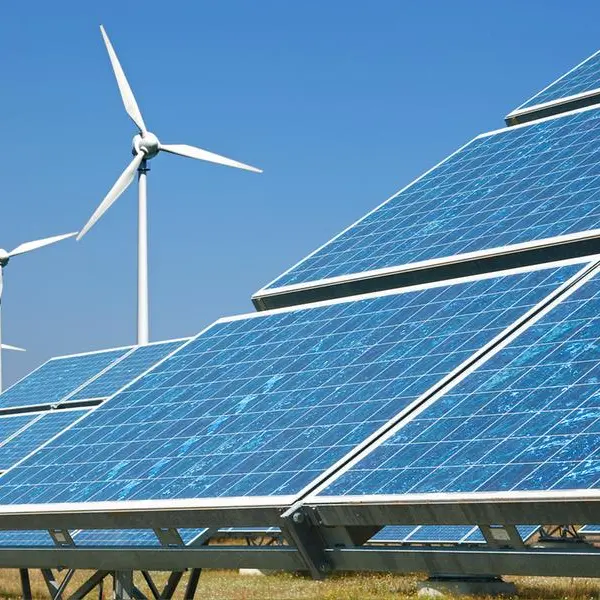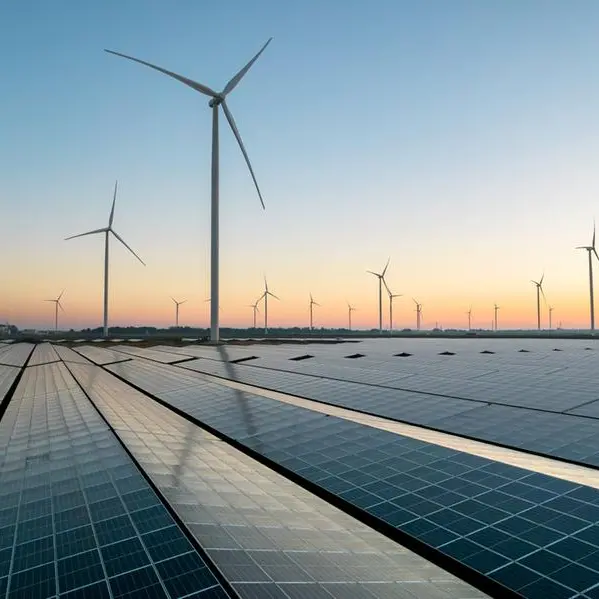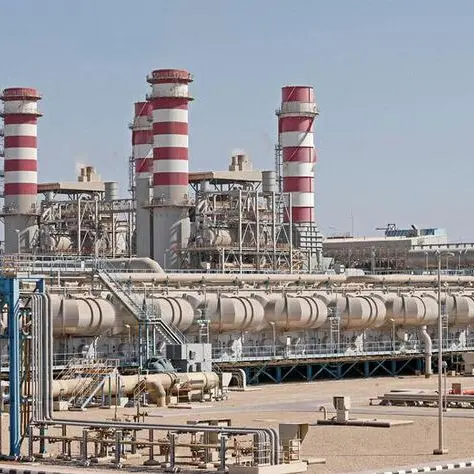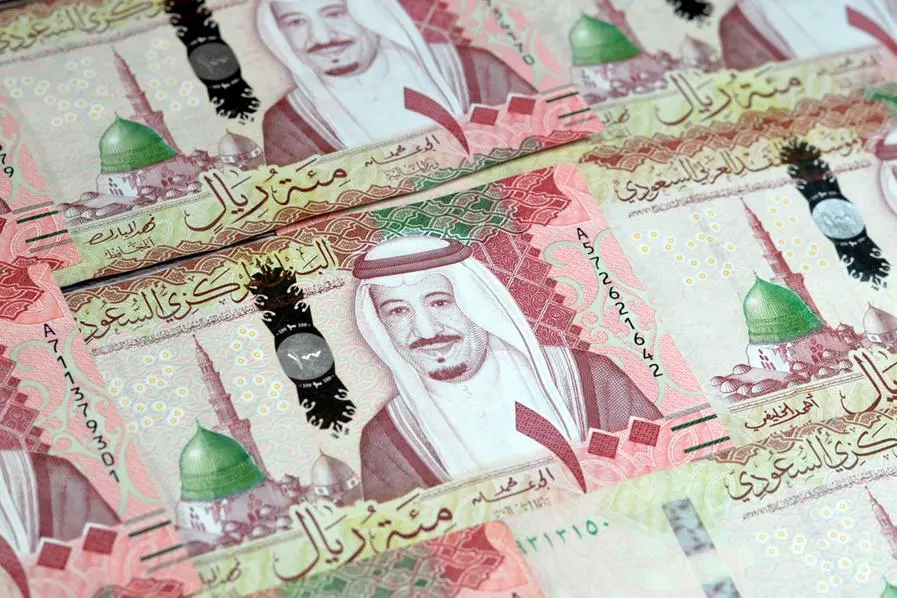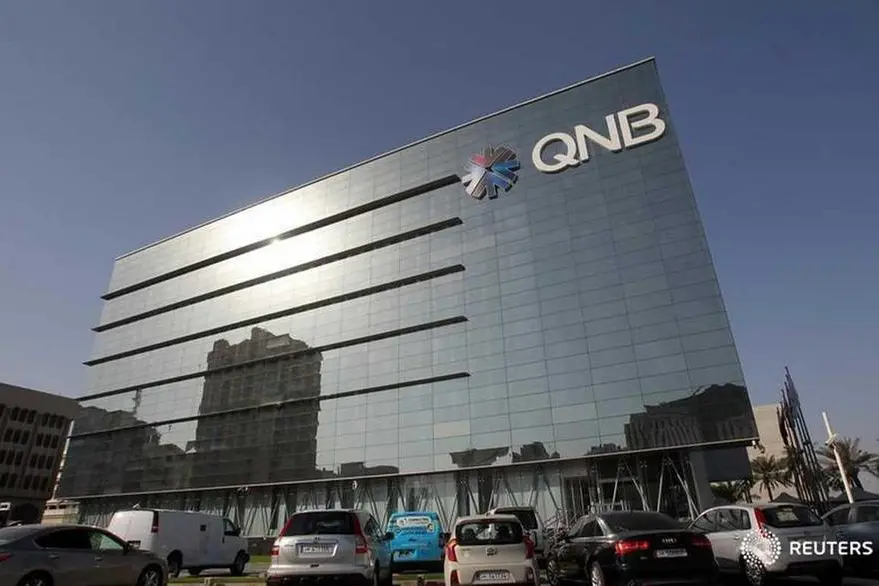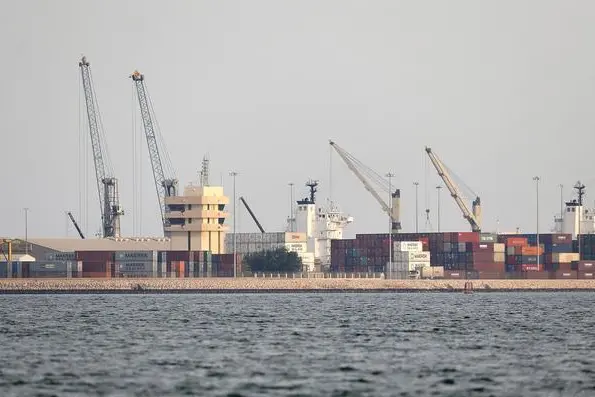PHOTO
Image used for illustrative purpose. Solar panels at sunny power plant.
Solar energy is poised for significant growth in the Middle East, according to research by Rystad Energy.
The region's total solar capacity surpassed 16 gigawatts (GW) at the end of 2023 and is projected to reach nearly 23 GW by the end of 2024, the Oslo-headquartered energy intelligence company said.
It said the region is expected to have 100 GW of solar capacity by 2030, driven by green hydrogen projects that contribute to an annual growth rate of 30 percent.
Rystad Energy's research indicates solar photovoltaic (PV) is anticipated to be the leading renewable energy source, accounting for more than half of the region's power supply by mid-century, a significant rise from its 2 percent share in 2023.
Currently, power generation is heavily reliant on fossil fuels, making up 93 percent of the total at the end of 2023. Renewables accounted for 3 percent and nuclear and hydro for 2 percent each. However, the research predicts a transformative shift towards renewable energy. By 2030, some 30 percent of the region’s installed capacity is expected to come from renewable energy sources, with the potential to rise to 75 percent by 2050.
However, the Middle East will continue to use gas-fired power as a primary source and eventually as a transitional fuel in the long term due to relative lack of hydropower potential and low gas prices. The share of gas in the power generation mix is anticipated to shrink from 74 percent at the end of 2023 to 46 percent in 2040 and 22 percent by 2050.
(Editing by Anoop Menon) (anoop.menon@lseg.com)
Subscribe to our Projects' PULSE newsletter that brings you trustworthy news, updates and insights on project activities, developments, and partnerships across sectors in the Middle East and Africa.
